This sign shows that from the very beginning, he had clearly seen the role of the "sparrows" in the national economic complex and the need to plan policies to balance the structure of the national economy with two main subjects: both creating "eagles" to lead strategic and spearhead industries and covering the "sparrow" network with dynamic, autonomous, independent and creative small and medium enterprises.
More importantly, from there, the “soul” for the private economic sector was accumulated, internal strength was unleashed, and soon after, Resolution 68, a revolutionary resolution for the private economy, was born. It clearly identified the private economy as “the most important driving force”, “the key growth driver for the coming period”.
The important issue is that with its role being repositioned from intervention to creation, how will the State formulate policies, legal and environmental tools to create the above balance as well as ensure fairness for both the "sparrow" and "eagle" ecosystems, which have had many shortcomings and injustices over the years.
Obviously, with a ratio of 98% of enterprises, small and medium enterprises only hold less than 30% of total capital and access less than 18% of the credit of the whole system (according to Asian Development Bank, 2021); while in the opposite direction, "eagle" enterprises, although accounting for only 2%, hold about 70% of business capital, so rebalancing capital, credit, quantity and strategic sectors and markets is of utmost importance. Of course, it is a challenging and arduous task.
In reality, there have been many concerns and debates about the terms that come with the current situation, such as “rent-seeking” (policy profiteering behavior), “crowding out” (oppression)… This has also been directly mentioned in policy discussions and shows that caution along with breakthrough measures to open up will ensure that old shortcomings are overcome. The core is that the State, that is, the Government , will do the right thing, maintain its role as a development creator, be transparent; publicize long-term strategies; intervene strongly to maintain market discipline whenever there are fluctuations or serious incidents…
Identifying strategic and key sectors and industries along with selecting capital, technology and market capacity is to avoid over-exploitation and speculation, which pose many risks and have negative impacts on growth and the market. The State - once implementing support policies, should include specific and effective conditions to avoid creating dependence and eliminating competition, creating inequality.
A positive change today is that the State is willing to create conditions for large, reputable enterprises to participate in key national projects, infrastructure - transportation projects that are the privilege of state-owned enterprises or public investment resources. As well as gradually bringing small and medium-sized enterprises with capacity to participate in the supply chain (with large enterprises), improving access to capital, credit, land, market information for small and medium-sized enterprises.
Specifically, most recently, Truong Hai Group ( THACO ) has proposed to the Prime Minister to participate in investing in the construction of a high-speed railway on the North-South axis or Vingroup Group proactively proposed to build metro lines in Ho Chi Minh City...
“Long road to know good horse”, but clearly the welcome (in terms of policy) of the State, the proactive role of cooperation and companionship of corporations, joint ventures such as mechanics (THACO), raw materials, steel (Hoa Phat, Dai Dung), construction according to TOD model (Coteccons, Hoa Binh, Sungroup), information solutions, technology (Viettel, FPT, CMC) ... contribute to creating joint ventures of enterprises, national merchants. There, together they increase the domestic ratio and share the “pie” of profit - risk.
Therefore, from now on, there should be a mechanism to assign tasks to competing and/or sharing parties as well as a "chain of responsibility" along with a network of small and medium-sized enterprises to cooperate, exploit, and develop supply sources, markets, etc. In addition, an open, transparent, and fair legal mechanism needs to be accompanied by independent monitoring institutions, ensuring that preferential credit and tax exemptions are granted based on actual capacity and efficiency.
More importantly, in the context of streamlining administrative agencies, merging provinces and grassroots levels, it is necessary to promote inter-level and inter-regional cooperation to increase cooperation and efficiency instead of egalitarian competition and monopoly in each locality and area. This is a wise step in national and local governance. If it is well utilized together with resolutions on the private economy, science and technology, capital, credit and tax policies, etc. that are transparent and increase accountability, then the natural balance of "sparrows" and "eagles" will certainly contribute to bringing sustainable prosperity to the country.
Source: https://www.sggp.org.vn/dai-bang-va-chim-se-post797089.html



![[Photo] Vietnamese and Hungarian leaders attend the opening of the exhibition by photographer Bozoky Dezso](https://vphoto.vietnam.vn/thumb/1200x675/vietnam/resource/IMAGE/2025/5/28/b478be84f13042aebc74e077c4756e4b)

![[Photo] Prime Minister Pham Minh Chinh receives a bipartisan delegation of US House of Representatives](https://vphoto.vietnam.vn/thumb/1200x675/vietnam/resource/IMAGE/2025/5/28/468e61546b664d3f98dc75f6a3c2c880)

![[Photo] 12th grade students say goodbye at the closing ceremony, preparing to embark on a new journey](https://vphoto.vietnam.vn/thumb/1200x675/vietnam/resource/IMAGE/2025/5/28/42ac3d300d214e7b8db4a03feeed3f6a)


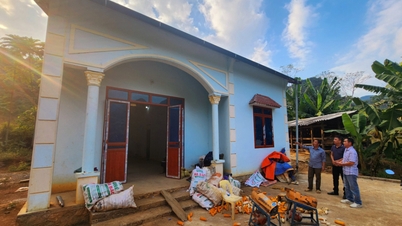






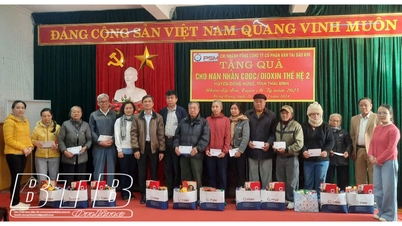








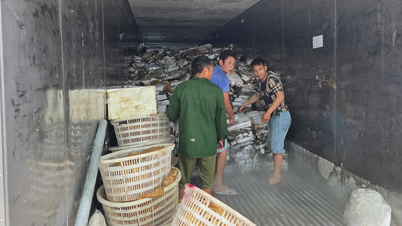










































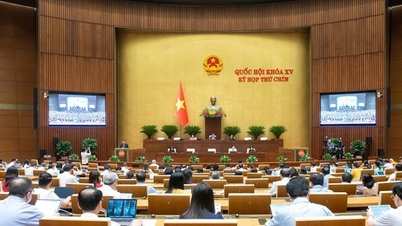










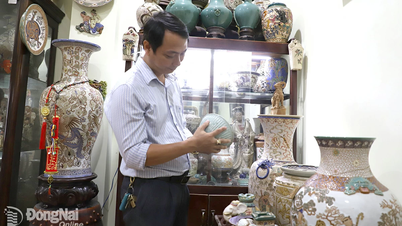

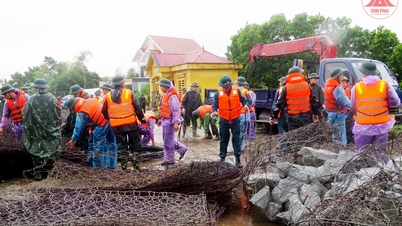

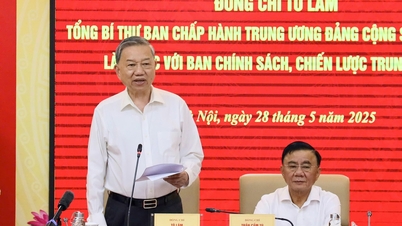













Comment (0)